A Handspinner’s Go-Bag: The ultimate tool kit for wheel spinners on the move
words and photos by Shilo Weir
I taught myself to spin in 2010. Since then, I have learned a lot through trial and error. One of the most memorable errors was attending my first in-person spinning class at Maryland Sheep and Wool Festival and feeling completely overwhelmed because, frankly, I was unprepared. About 45 minutes into a 4-hour class, my scotch tension brake cord broke, and I had no idea how I was going to continue. I muddled through and found a way to keep going, but this was the point I decided I needed to be more prepared.
It is easier to overcome spinning setbacks when you are working in your home studio – all your tools and supplies are there, and if a part needs to be replaced, generally there are items you can use as temporary substitutions. However, when you are a spinner on the go, preparation can go a long way. Over the years I have perfected my handspinner’s go-bag to be ready for just about anything when I am spinning out and about.
What is a go-bag?
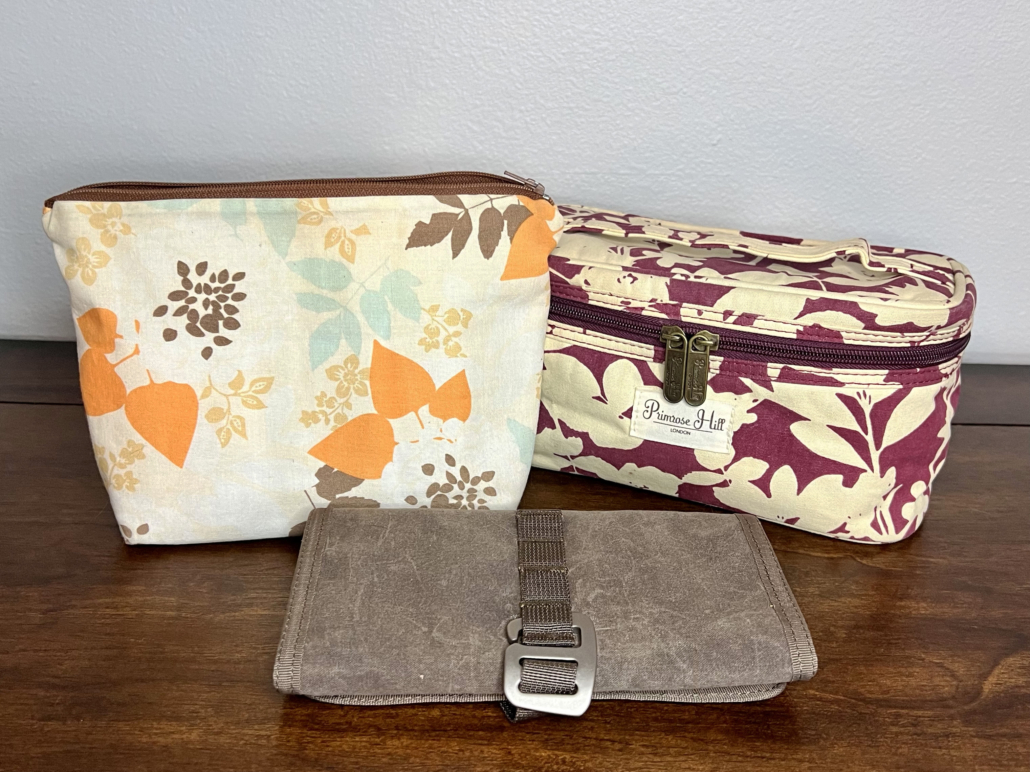
Go-Bags are bags – or boxes, cases, etc. – that are always packed and ready to grab when it’s time to head out. You may have heard of go-bags in the context of natural disasters or emergency situations, but this isn’t the only time they serve a purpose. Many professionals, such as emergency responders, photographers, and military members, have go-bags so they can respond quickly.
Spinning emergencies aren’t life or death, but they can be frustrating and overwhelming. A well-stocked go-bag can help you respond to the unexpected. I fill my go-bag with essential items I can use to fix my wheel and a few personal comfort extras. Whether I am spinning in public for the afternoon or at a week-long retreat, my go-bag makes it easy to overcome issues that arise.
My ultimate goal in putting my go-bag together was to make sure I can fix problems quickly so the spinning doesn’t have to stop. The essentials for your on-the-go spinning come down to three categories: parts, tools, and personal comfort.
Parts
Every spinning wheel is a little different. Often, you can get back-up parts to carry with you just in case. For example, I carry spare drive bands and tension kits for most of my antique Louet travel wheels. They are often available through online retail stores and don’t take up much space.
Alternatively, there are some basic materials you may have around the house that can temporarily replace broken parts:
- Yarn or thread: A sturdy cotton or nylon yarn or thread can replace a drive band in a pinch. The same holds true for replacing tension cords. It is an inexpensive alternative to maintaining a stock of manufacturer replacement parts. Cut a section at least twice as long as you think you might need and wrap it in a butterfly.
- Fishing line: A light to medium weight fishing line can easily substitute for a tension brake, and a thicker, heavy weight line can replace a drive band. These packages can be stowed in the same way as cotton thread for easy transport.
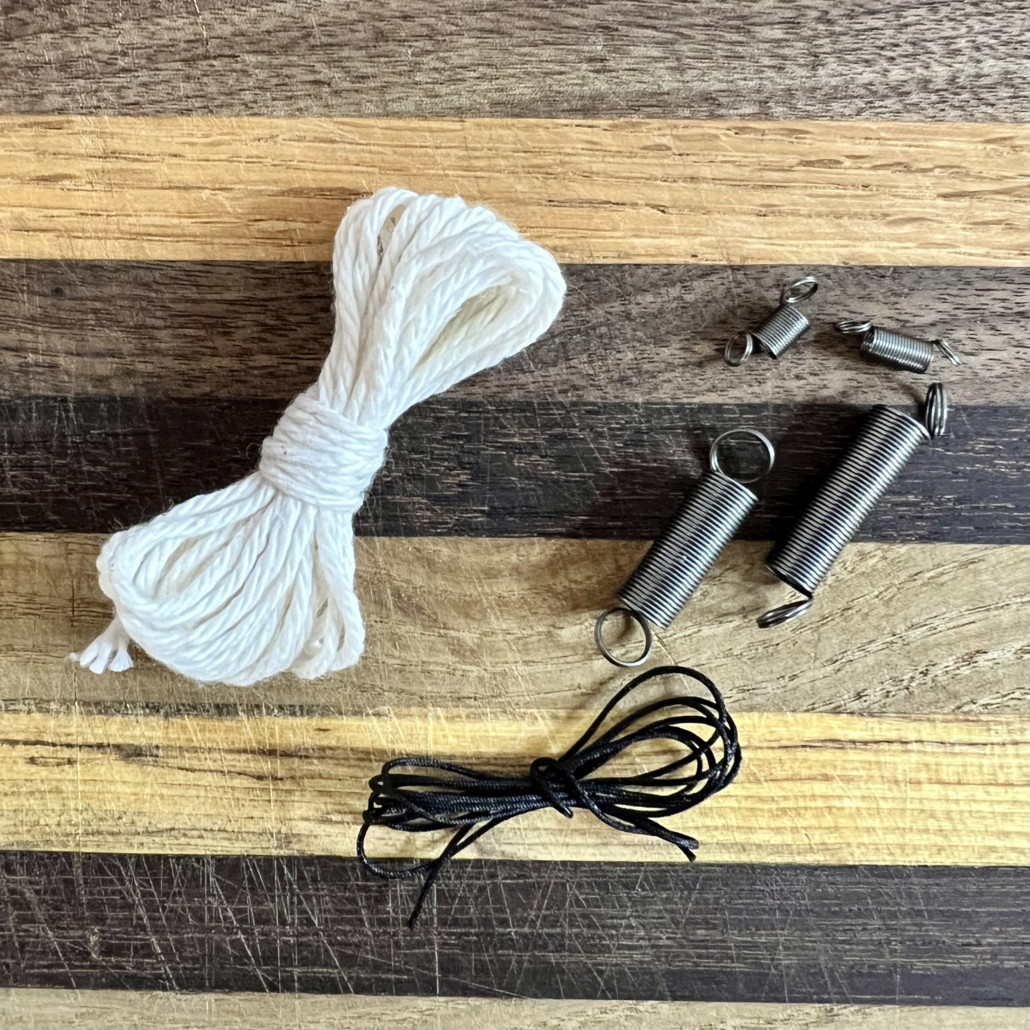
- Spare springs: Tension springs are often extension springs with loops at both ends so they can be attached between the wheel and the tension brake cord. Most hardware stores offer assortment packs of extension springs for less than $10, so finding the right one for your wheel is easy.
- Elastic band: Many styles of elastic hair bands can substitute for a tension system spring that has lost its stretch or broken with age.
Tools
Even on a well-maintained spinning wheel, parts shake loose with use. Screws and bolts may need to be tightened, or wires and strings may need to be shortened. Essential tools for addressing these types of issues include the following:
- Screwdriver: Choose a small screwdriver that matches the heads of the screws holding your wheel together (i.e., Phillips, slotted, Allen, hex, etc.).
- Wrench: Some wheels have bolts, and a wrench can tighten those when loose.
- Pliers: A pair of pliers can provide extra leverage when repairing or replacing springs, bands, tensioning systems, etc.
- Scissors: It’s always a good idea to have something to cut with on hand when spinning. A small pair of scissors or other cutting device will also help with repairs if something goes wrong.
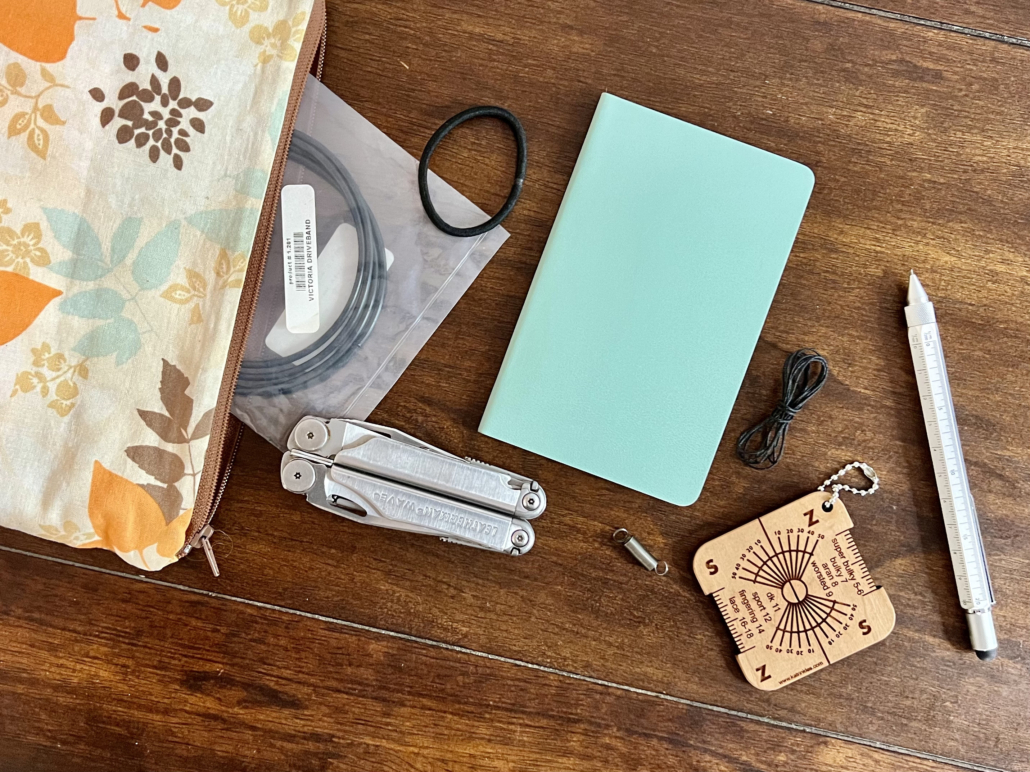
Personal comfort
If you have filled your go-bag with the essentials and kept things compact, here are some extras to consider throwing in:
- Adhesive bandages: Sometimes you need to cover a spot on your hands that gets irritated by the friction of spinning and plying. I find this most helpful in the winter months when no amount of lotion helps keep my hands moisturized.
- Writing utensil and a small notebook: Taking notes and tracking progress is always helpful and it’s nice to have these items at the ready.
- Small ruler: Handy for measuring twists per inch and wraps per inch.
- Snacks: I throw in a bar or small packet of trail mix. If I get hangry, all will be lost.
- NSAIDs: I get achy – especially during longer outings. A small container of my preferred pain killer or anti-inflammatory is a great addition to my go-bag.

This may seem like a lot of stuff to put in one bag. The key to building a great handspinners go-bag is maximizing utility while minimizing the size of the items you pack. I can’t say enough about the value of the multitool for keeping things manageable. Multitools are compact and versatile and will help with getting all these items into a small- to medium-size cosmetic style bag. Most basic multitools include at least two sizes of screwdriver, a plier head, and a cutting implement or two. One of my favorite multi-purpose tools is my fancy pencil with built-in ruler and screwdriver.
And, as an aside, I try to carry a multitool with a built-in corkscrew and bottle opener because, well, you never know when you are going to be out of town with your spinning friends for a Rock Day celebration and the Airbnb isn’t well-equipped.
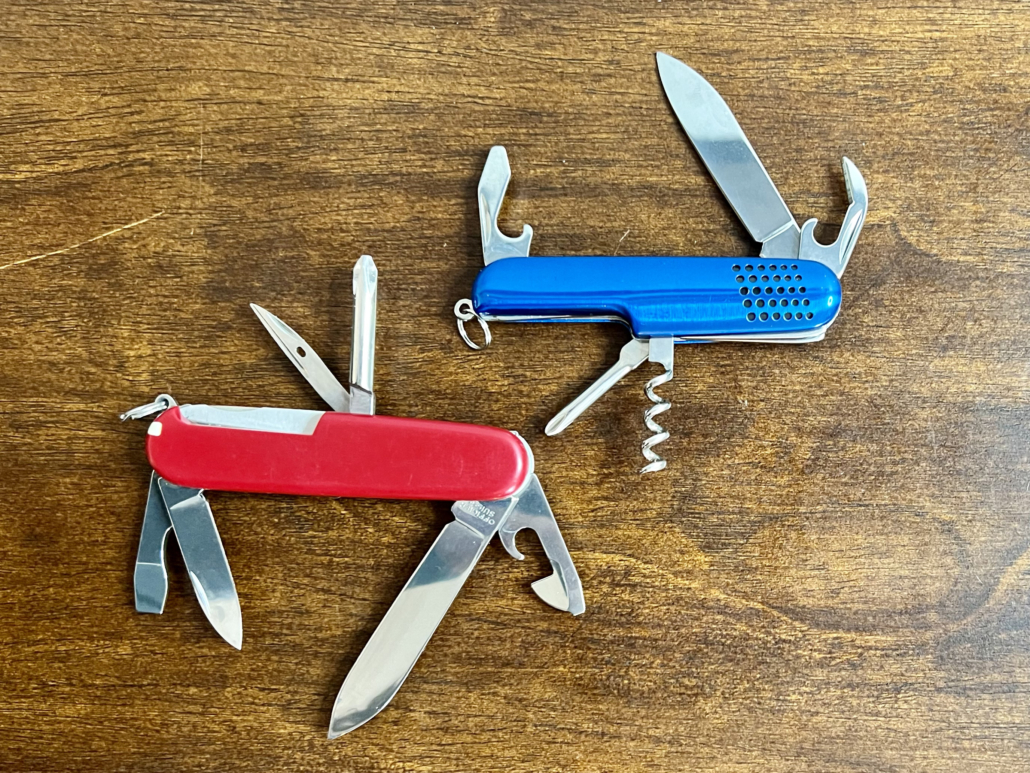
A well-stocked go-bag can save the day when you are a handspinner on the go. I have learned how to pack a compact set of tools and essentials to keep my spinning going in unusual situations. From the obvious to the unexpected, my little go-bag of tricks is pretty fantastic.
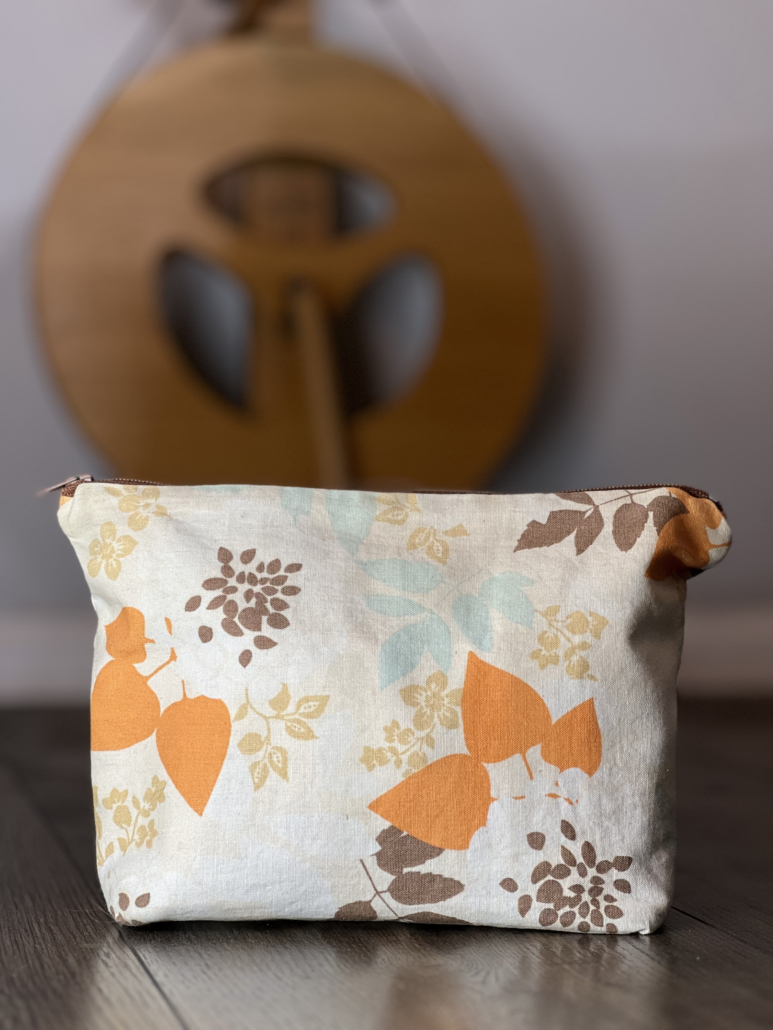

Shilo Weir is a spinner, knitter and fiber craft enthusiast who has shared a bit of herself with the community through her blog and podcast for the past 13 years. She retired from her first career and is still trying to decide what she wants to do when she grows up. Share her adventures on Instagram: @ForeverHandmade.


 Shilo Weir
Shilo Weir







Leave a Reply
Want to join the discussion?Feel free to contribute!